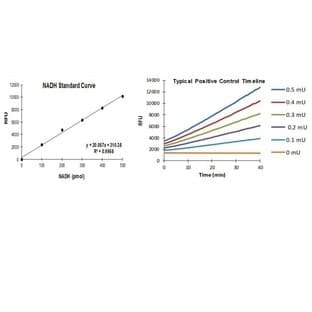
Supplier:
Alomone Labs Limited.Cat no: L-135
BUY Lorcainide HCI
Voltage-gated sodium channels (VGSC, Nav) are critically important for electrogenesis and nerve impulse conduction. Certain sodium channel isoforms are predominantly expressed in peripheral sensory neurons associated with pain sensation, and the expression and functional properties of Nav in peripheral sensory neurons can be dynamically regulated following axonal injury or peripheral inflammation.
Lorcainide is an acetanilide derivative which blocks Nav channels. It possesses both local anesthetic and antiarrhythmic properties and in experimental animals it elevates the ventricular fibrillation threshold and protects against ouabain-induced arrhythmias.
Clinically, it is gaining an important place in the therapy of recurrent premature ventricular contractions, recurrent ventricular tachycardia and repetitive atrial tachycardias.
Compounds with antiarrhythmic activity show great variation in their chemical structure and have been classified according to: (1) their anatomical site of action; (2) their clinical range of activity; and (3) their electrophysiological action on isolated cardiac fibers. Like other class 1 antiarrhythmic drugs, the primary electrophysiological effect of Lorcainide is the reduction of the rate of rise of action potential during phase 04. Because of the slow recovery kinetics of the sodium ion channel, it has been classified as a class 1 antiarrhythmic agent.
The effective concentrations for Lorcainide in humans are between 0.2 and 0.5 mgпїЅlitre-1 13 and 10 μM or 100 μM of Lorcainide may also protect central neuronal axons from hypoxic injury.
Prices direct from Alomone Labs Limited.
Quick response times
Exclusive Absave savings/discounts
Latest promotions
Buy any polyclonal or monoclonal antibody from our extensive range of pre-made antibodies and for a limited time only receive a $50 discount!(T&C apply:...
New brilliant antibodies, and new lower prices!For flow cytometry reagents in general, \"bright is better.\" The violet-excitable BD Horizon™ BV421 and...
10% Discount on 2 Rabbit Polyclonal Antibody Service. With over 20 years experience, SDIX has developed into the premier US custom antibody producer,...
For the past decade scientists have extensively used ATS secondary toxin conjugates to make their own targeted toxins for in vitro use.The ability to combine...
We're so sure that you'll prefer Cayman Assay kits over your present brand that we're willing to give you a free assay kit to prove it!
Did your supplier increase the price of Fetal Bovine Serum? Did they substitute the US Origin with USDA? Well say no more! Innovative Research is still...
Bulk Cytokines with Custom Vialing.20 - 50% off cytokines, growth factors, chemokines and more...For a limited time Cell Sciences is offering substantial...
Are you planning to have a customised antibody made for your research?Since 2000, Everest has been producing a catalog containing thousands of affinity...
Top suppliers
Agrisera AB
11 products
Biotrend
Biosensis
969 products
ABBIOTEC
3011 products
SDIX
1 products
Spring Bioscience
2291 products
Cell Signaling Technology
4976 products
Rockland Immunochemicals, Inc.
7592 products
Boster Immunoleader
1533 products
OriGene Technologies Inc.
5281 products
Maine Biotechnology Services
227 products
BD (Becton, Dickinson and Company)
1 products
ABNOVA CORPORATION
Randox Life Sciences
1502 products
















